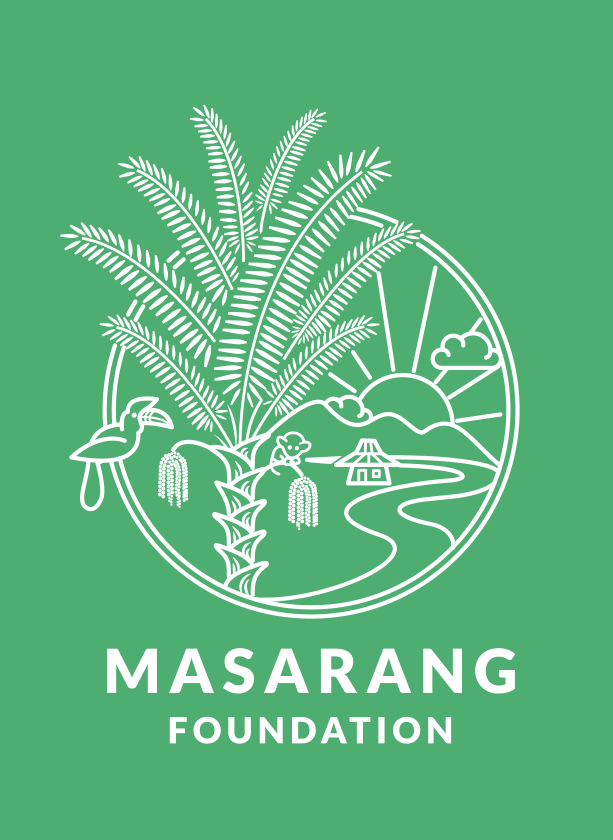Temboan beach

Masarang Foundation has acquired large tracts of land along the Temboan Beach in the Minahasa district of North Sulawesi, Indonesia. The area has experienced long term non-sustainable land management. Recurring fires followed and as a result vast areas of cogongrass grow. But with the help of many sponsors, the local government and local people Masarang Foundation can transform this area in a wildlife h(e)aven!
Why is Temboan Beach special?
- Temboan Beach in North East Sulawesi comprises some three kilometers of coast. The area is a nesting ground for various sea turtle species including the endangered leatherback turtles;
- There are some beautiful and still intact coral reefs in front of some of the beaches;
- There is some 50 hectares of existing mixed forest with local fruit trees and wild figs in the area. We can use this area to release animals from Tasikoki once the protection can be guaranteed;
- The area also has many sugar palms and coconuts and even some nipa palm stands that all have economical value and could at least initially be used sustainably;
- Exploring opportunities for a sugar palm program to generate income for the local population;
- Within the area close to the beach there are several wetlands, a three hectare lake, and some small patches of mangroves;
- Besides the above mentioned ecotypes we also have almost one hectare of nipa palms, palms that grow in brackish water as shown in the picture below.


But Temboan beach needs to be safeguarded from several threats.
What are the threats?
- The turtles are under continuous pressure from hunters/poachers (eggs as well as turtle meat that is sold in the highland bushmeat trade);
- Waste water from agriculture and sediments from erosion of the denuded hills behind the beach has already destroyed some of the reefs. More destruction of the coral reefs and the underwater nature of Temboan beach such as the sea grasses would be followed by algae coverage and then could support fewer turtles and manatees;
- In addition, mining companies have cast their eye on the magnetite embedded in the beach sands and under the corals in front of the Temboan coast;
- The coastal area is also interesting for farmers because there are a number of small rivers that always flow with water. The use of more pesticides and artificial fertilizers would damage the coral reefs and seagrass beds more.
So what are the plans?
Masarang has already acquired several hundred hectares of land along the three kilometers of coast line. We will develop this area into a large conservation effort. By safeguarding the beach and its reefs, we can protect the endangered leatherback and other sea turtle species through patrols and socialization programs and educational programs. We also want to protect the beaches from aberration by sea level rise by speeding up coral growth. We want to plant a new biodiverse food forest on the more than 100 hectares of grasslands. This helps to stop fires and erosion to protect the corals. We also want to produce food for animals at site and in Tasikoki. And we want to create a new habitat for wildlife releases and we want to support local jobs.

Several partners are involved
The forest that will grow on these grasslands will be known as Benni’s forest. We name it after Benni Over, an important supporter of the orangutans and their habitat. Bennie is doing most of the fund raising for the reforestation program here.
Also in this area we offer opportunities to assign specific plots for parties that would like to compensate their carbon emissions through tree planting. Several parties (from small to big) have shown interest in this.
Together with Delft University we are working on restoring the coral. This implies practical measures such as speeding up coral growth with low voltage Biorock systems and providing strategically placed physical structures to enhance sand deposition. A Belgian group has donated so we are able use the Biorock method! We will restore this coral in areas where dynamite fishing in the past has damaged some of the reefs.
This project can only be successful if we involve the local community. We do this by offering small-scale and zero-waste employment opportunities. This implies small-scale agroforestry, work in reforestation, providing palm juice to a mini sugar factory, construction and operation of an eco-lodge. We need rangers to protect the area. And we want to involve local students (and potentially foreign students) in research on the coral reefs and seagrass areas. One of the questions is how the reforestation reduces the sediment load in the water coming into the present coral and seagrass area and how this impacts the quality of those two important ecosystems.
Education
During the whole project we will focus on education. We will not only involve school groups but also we will educate local farmers in conducting good forms of agroforestry. In addition we will work with volunteers from around the world.
We will post regular updates about this exciting project!


Related articles
This article is part of four articles:
1) The article Temboan beach tells about a large project that Masarang recently started on North Sulawesi.
2) The article about Benni Over describes the action that Benni started to plant 200,000 trees near this beach. This -among other things- to promote water quality and to help protect the coral.
3) And an article about speeding up coral recovery, a project that is being carried out by students from Delft. First it is tested on the beach and the coral of Tasikoki, after which the technique will also be carried out on the Temboan beach.
4) The second article by Willie provides some additional information about the coral restoration at Tasikoki.
